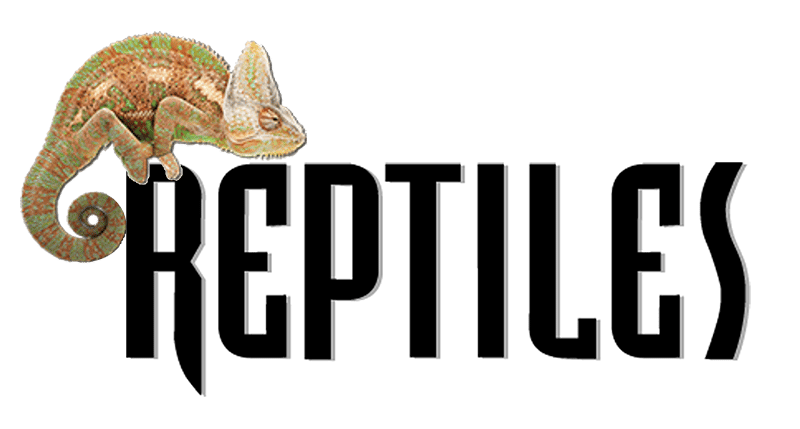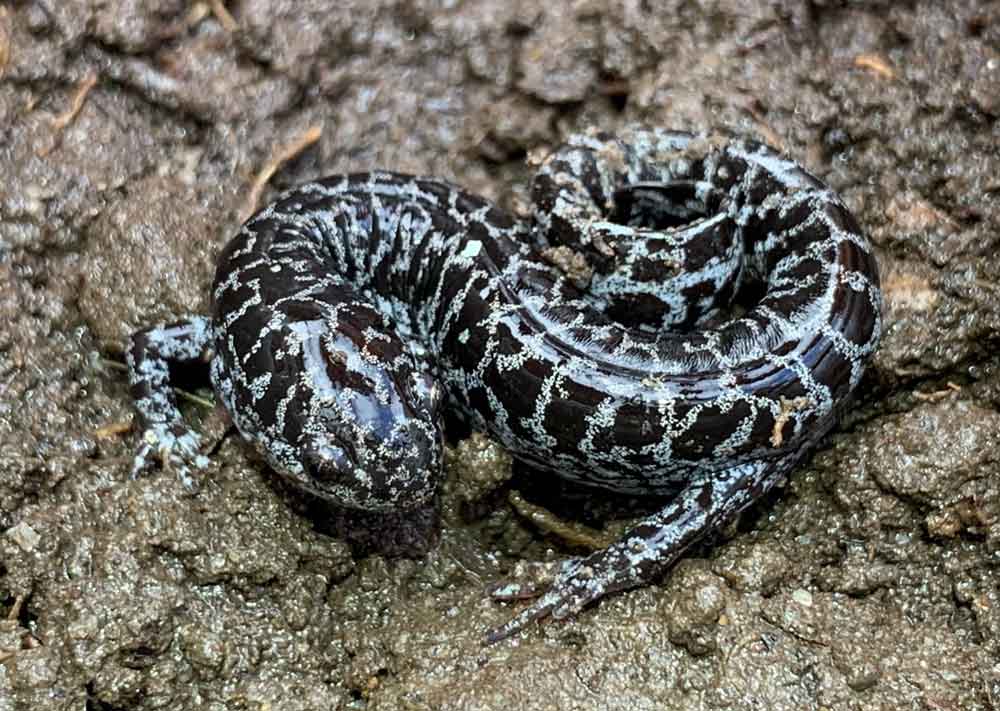The salamanders were head-started, raised in a protected environment from eggs collected in the wild and then released when they were larger.
The Amphibian and Reptile Conservancy announced that it has released 1,204 frosted flat woods salamander (Ambystoma cingulatum) larva into a wetland that the conservancy, along with private landowners and government agencies restored in the Florida Panhandle.
“Along with our incredible partners here, we’re carrying out a multi-faceted strategy for frosted flatwoods salamanders,” ARC Executive Director JJ Apodaca said in a statement released to the media. “We’re not only releasing more salamanders onto the land; we’re building better habitats and making sure the ecosystem contains what these amphibians need, all to give them a fighting chance against the big threats they face.”
The salamanders, which are a federally threatened species are only found in a few areas in the state. They were head-started, which means they were raised in a protected environment from eggs collected in the wild and then released when they are larger, which gives the larva a better chance at surviving. The species has suffered from habitat destruction, fragmentation, invasive species as well as extreme weather events, according to a statement put out by ARC announcing the release.
“We’re really fortunate to work with people like Westervelt Ecological Services, Florida Forest Service, US Fish and Wildlife Service, several other partners, and a number of volunteers on these projects,” ARC Project Coordinator Nicole Dahrouge said. “Their dedication to protecting and improving the land is critical, and it’s inspiring to see so many partners and individuals come together. It’s one of the reasons I’m hopeful about this species.”
Frosted Flatwoods Salamander Information
The frosted flatwoods salamander is a slender and long salamander that is listed as Threatened by the Endangered Species Act. The amphibian is sliver-gray or black in coloration and features white spots and a black belly. They fed primarily on earthworms and spiders. They breed from October to January during wet weather and migrate to ponds and small puddles of water to breed. The eggs then hatch about 48 hours after being laid and the larva turn into salamanders in 90 days. They are found in just six counties in Florida. Their habitat is longleaf pine flatwoods with wire grass floors. They are also found in wetland habitats.
For more information, visit ARCProtects.org.



